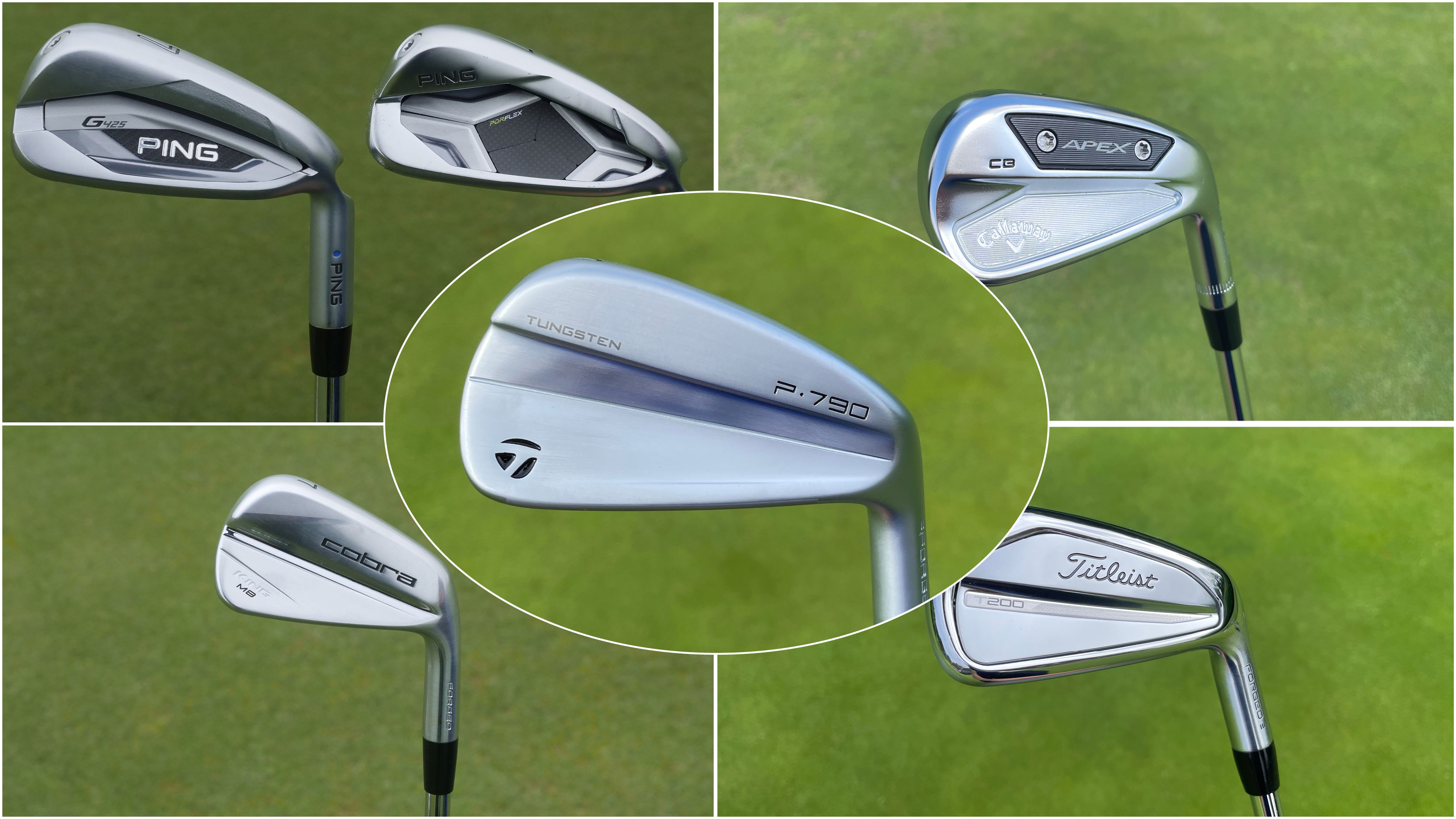
How To Choose Golf Irons
A set of golf irons may well be the most expensive purchase you will likely make when it comes to your equipment, with some of the best golf irons often setting you back thousands of dollars or pounds. That said, they tend to be the clubs that will be used most and also have most longevity in the bag. Therefore, it is crucial that you find a set suited to your game that allow you to achieve the perfect blend of feel, distance, flight and forgiveness.
To even the most well researched golfer, choosing an iron can be a difficult experience. What brand do you like? What style of iron do you want? How much are you willing to spend? Do you want new or are you ok with used golf irons? These are all factors that need to be considered, so we have created this guide to help you choose your future golf irons correctly, giving you the confidence you need over your approach shots on the course.
Determine The Type Of Iron
The first and, potentially, most important aspect of choosing golf irons is determining which type of iron will best suit your game. To put it bluntly, ball striking ability impacts which type of irons will give you the ideal blend of performance attributes.
Blade irons are generally the most compact and usually have the least amount of technology built in. This usually means they won't provide assistance in terms of distance of forgiveness but offer exceptional feel and feedback because they are typically forged from one piece of metal. They're best suited to elite strikers and tour players that don't often miss the middle. Some examples of blades would be the Titleist 620 MB and Callaway Apex MB.
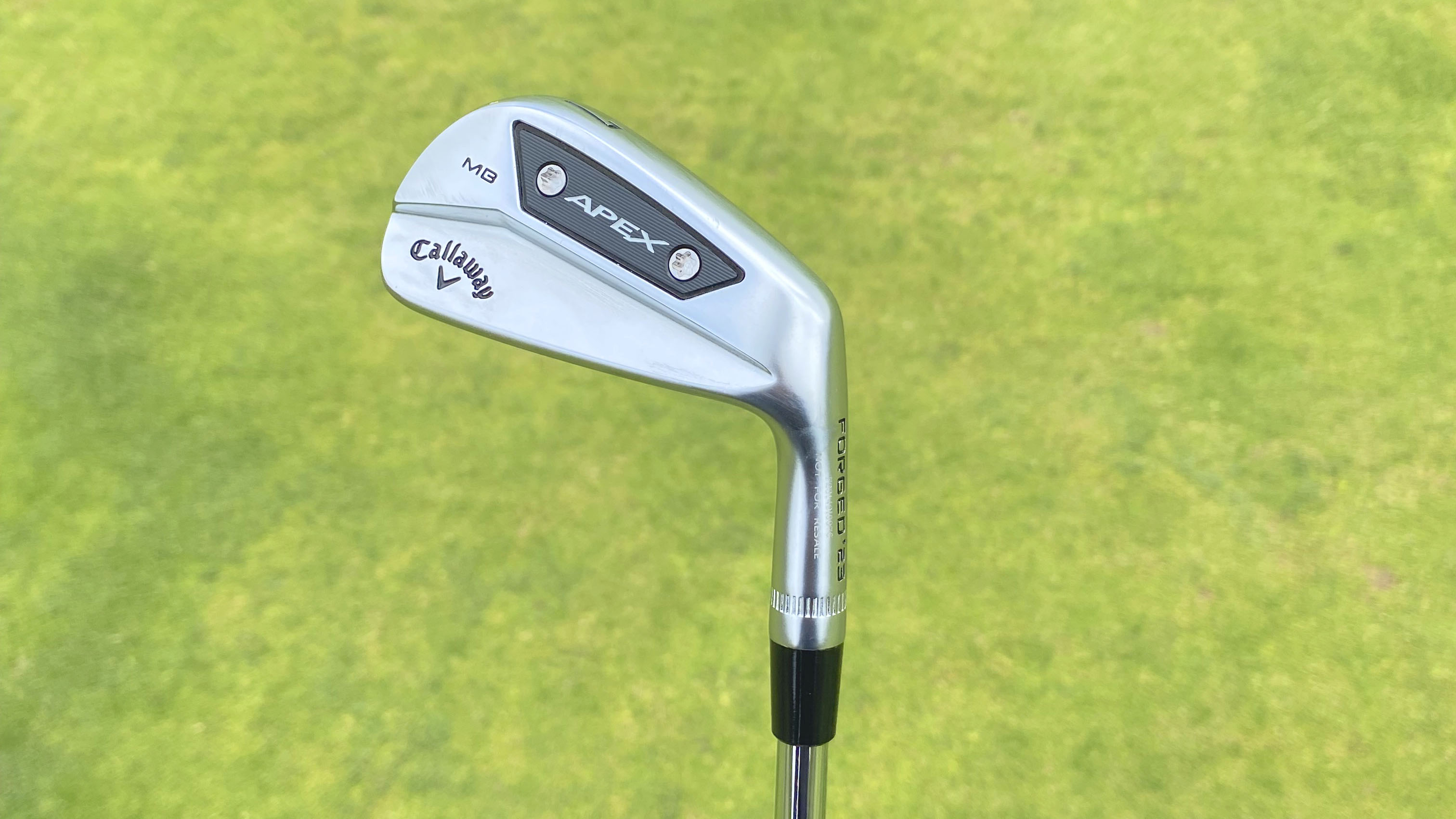
Low handicap irons are still compact but have a bit more technology incorporated, be it tungsten weighting or faster faces via a cavity back design. They are usually still quite traditional in their lofts but offer a little more speed and forgiveness than blades. Some examples would be the Ping i230 and Srixon ZX7 Mk II irons.
Player's distance irons has been a real growth category in recent years and they are normally stronger in loft and therefore provide more distance but still have a slimline look behind the ball that appeals to the avid golfer. Examples include the Mizuno Pro 225, Ping i525 and Callaway Apex Pro.
Finally, we have game improvement irons, where the size jumps up a notch along with the levels of distance, launch and forgiveness. These irons are designed to be much more user-friendly, suiting higher-handicap golfers that have a varied strike pattern and need more help to get the ball in the air. Examples include the Cobra King LTDx and Srixon ZX4.
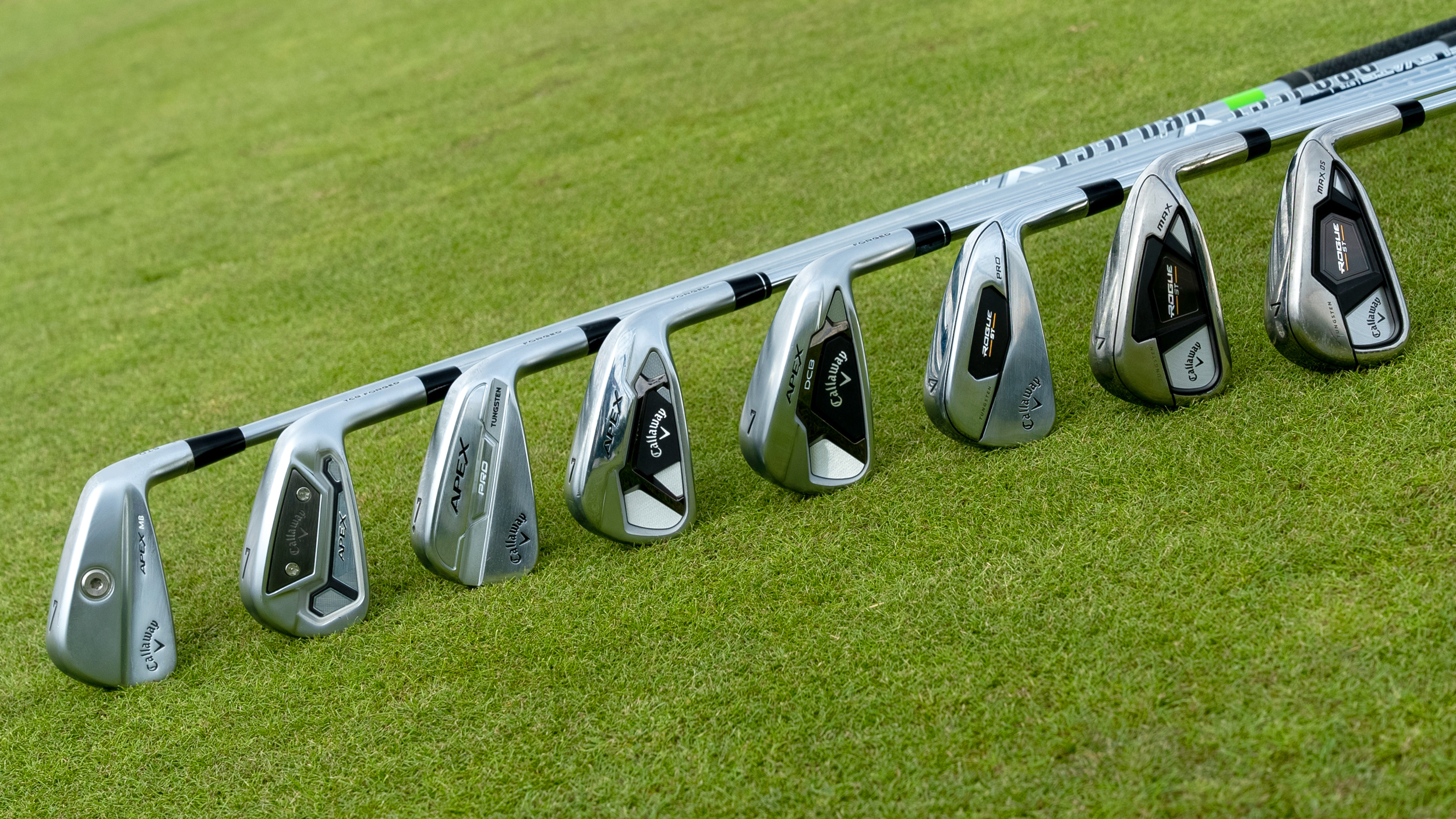
Most brands will offer different types of iron within their ranges so that every type of golfer is covered. Not every manufacturer will produce all five types of iron we've highlighted but some will even offer more across multiple franchises, the best Callaway irons being an example of this.
Sometimes you will be able to incorporate two types of models within a set, which is called creating a combo or combination set. This is to provide performance better tailored to where you need it, specifically more launch and forgiveness in the longer irons that tend to be harder to hit, and more consistency in the shorter irons.
Consider Budget
With irons, there are quite a variety of price points, so how much you want to spend will dictate which irons are within your budget. There are plenty of quality iron sets available within all price brackets but the more you are willing to spend, the more likely you are to see improvements and the better durability will likely be. However, this doesn't mean you have to splash the cash to play better golf - the are some excellent choices among the best budget irons and you can also save money by going second hand, providing you avoid the common pitfalls. To keep your irons looking pristine for longer, consider investing in a set of iron headcovers to prevent dinks and scratches appearing as the irons clunk against each other in your bag.
Try As Many Heads And Shafts As Possible
It is always worthwhile trying as many irons as possible before purchasing a set. Once you are satisfied you have found the head which will provide most improvement to your game, it is just as imperative to make sure you try all available shafts as well. There are an extensive amount of shafts available and different manufacturers will offer different shafts. Depending on what shaft is in the club when you try it, your opinion of the club can be heavily influenced. Shafts are also available in numerous different flexes, ranging from ladies to extra-stiff. However, flex is not the only aspect of a shaft which needs to be considered.
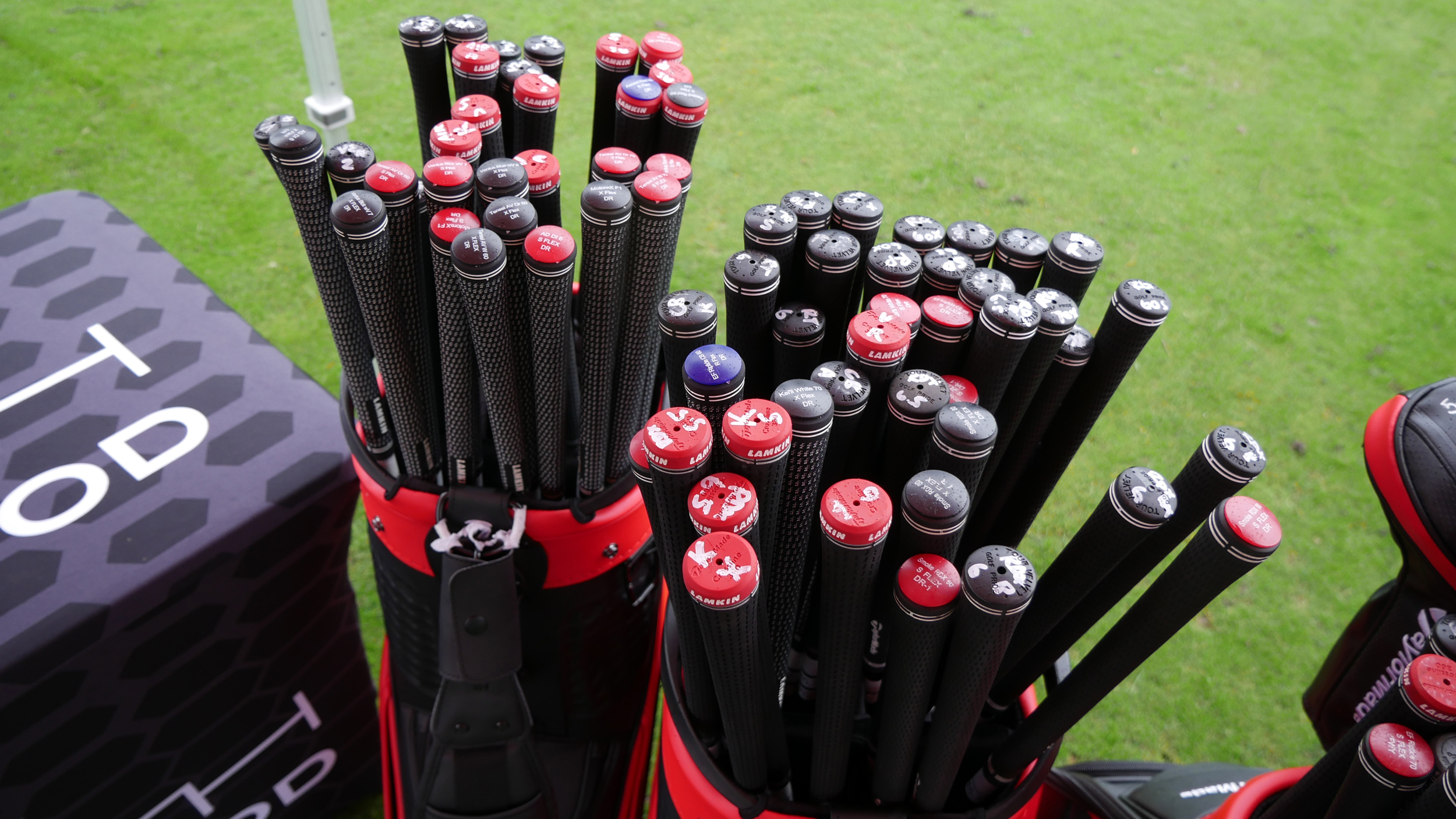
First off, they feature in different weighting, ranging from roughly 50g to 130g in irons. Also, different shafts are designed to manipulate the ball in different ways, hence why it is vital to try as many head and shaft combinations as possible – even if it means the process of choosing takes a little longer.
Always Get Custom Fit
Custom fitting is the best way of ensuring your clubs are right for your height, swing speed and the way you deliver the club to the ball. As previously mentioned, irons tend to be the most expensive clubs in the bag and they also tend to be used on every hole. Therefore, getting the set tailored to your swing is essential. It may cost a little bit more for a custom fit iron set, but it is 100 percent worth it regardless of player ability.
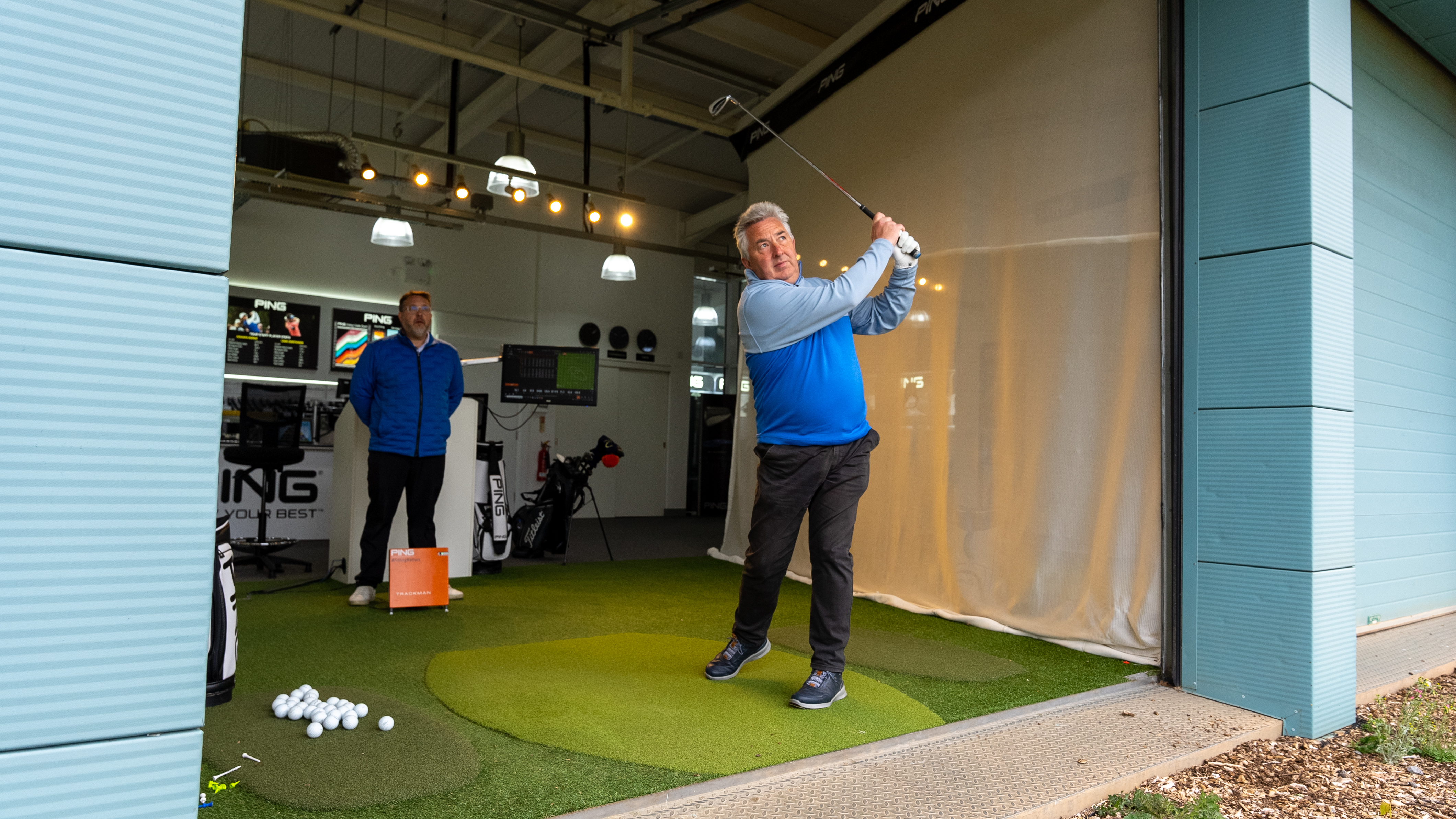
Think About What Set Make-Up You Need
Currently, there are more irons making their way on to the market with what would traditionally be classed as strongly lofted. 7-irons range from 34° all the way down to 26° and therefore the amount of distance irons can generate varies greatly. Depending on which iron set ends up working best for you, it is worth thinking about which irons you would need to carry for gapping purposes. For instance, if you purchase a set of irons with stronger lofts it is unlikely you will need a 4-iron, but you will need to add in a gap wedge and vice versa for more traditionally lofted irons where you may need to add in an extra hybrid.
Read Our Reviews
Before making any purchase the majority of people do enjoy reading up about the product to ensure they are getting a good deal. This is exactly the same when purchasing a set of irons. You can read our extensive iron reviews to best advise and help you make an informed decision. The last thing any golfer wants is to purchase a set of irons and not enjoy them only to find reviews warning them of problems found with what they have invested in.







